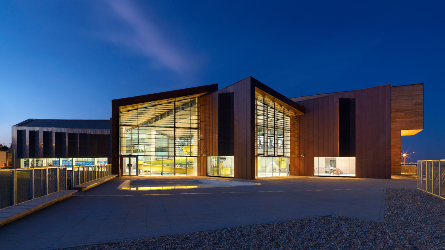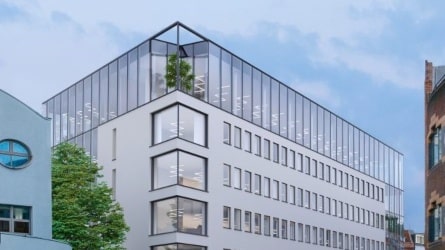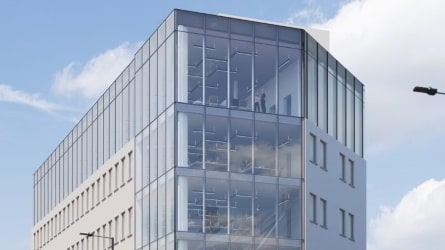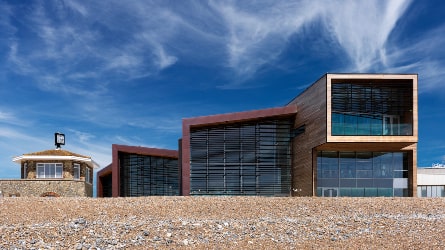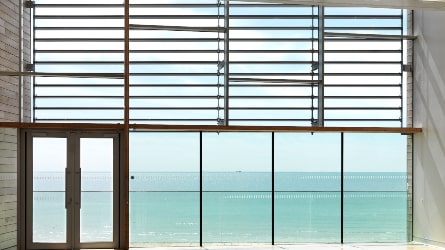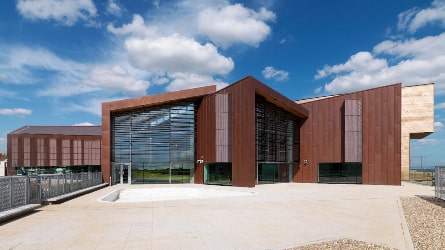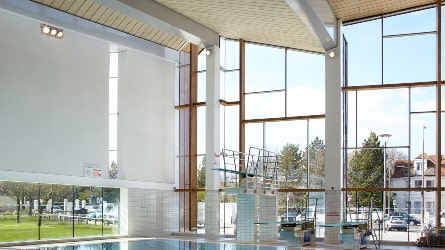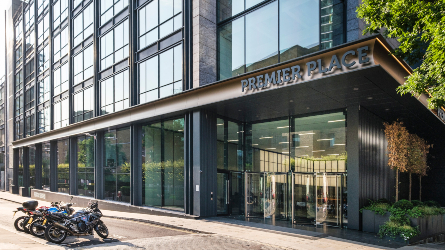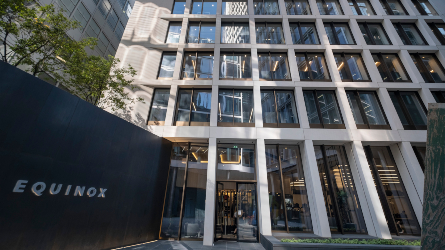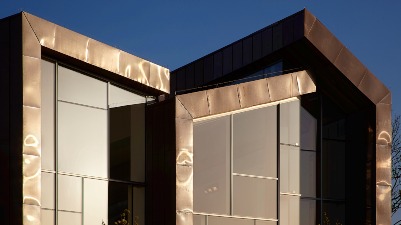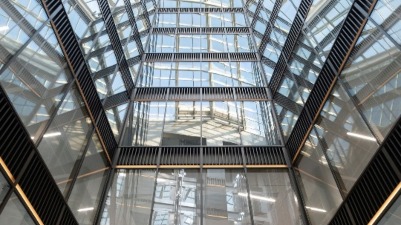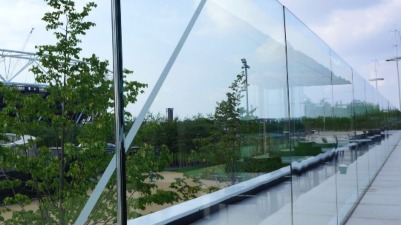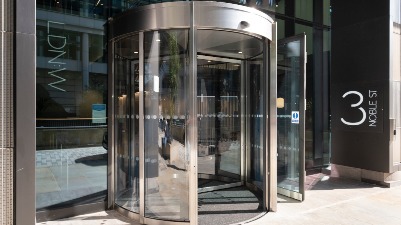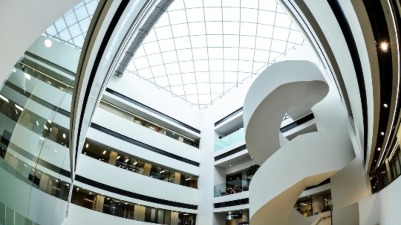Glass facades / Curtain walling
The use of stick curtain wall designs is still by far the more popular method of constructing low to medium level glass facades.
History of glass facades
The use of aluminium as the supporting framework for glass facades became increasingly common in the first half of the 20th century - leading to advanced glass facades being more common. It was not until various alloys were developed that it became the strong and ductile material that has become common in the construction of technical curtain walling. A key advantage was that aluminium could be extruded into fine and precise shapes and then tempered to give it a higher strength, making it ideal for forming window and curtain wall framing sections. As a result, aluminium curtain walling rapidly replaced bronze that had previously been used for high-end glazing. As leading curtain walling contractors, we have worked on some incredible glazed curtain walling systems, glass box facades, and specialise in fire rated curtain walling too, to ensure the highest possible safety for our partner’s buildings.
Given the challenge of high rise construction, American manufacturers developed stick curtain wall systems. These used the third new component – widely available gaskets and seals to form complete curtain wall systems.
The next step in the evolution of curtain walling installation was the move from stick systems assembled on-site, to pre-assembled units completed in the factory, what we call unitised curtain walling. The advantages quickly became self-evident with the increased speed of construction using a high-quality product, assembled in the more controlled factory conditions.
Systems
At Vision Arch we only use the very best quality of system suppliers that we know take great care with responsible sourcing of their raw materials.
We favour Schuco & Raico and have delivered excellent Schuco curtain walling installations for our clients.
The Arch approach
At Vision Arch we have experience in using both steel and aluminium as well as timber for the backing structure behind the glazing head of the glazing system.
We are committed to lowering our carbon footprint and as part of our ISO 9001 and insurance commitments, we audit and ensure that all suppliers hold an industry recognised Environmental Certificates, such as the ISO 14001.
